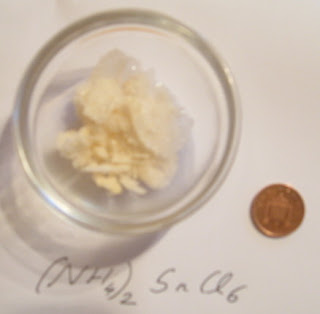Cupola melting of iron has a large fraction of CO in the exhaust. As I understand it, this is generic, given the reaction CO2 + C
--> 2 CO at high temperature.
Shortly after I posted this, I got to wondering whether you could reduce SnO2 with CO for a higher-purity smelt operation. I'm certain that H2 works,
but that's rather overkill. In the case of tin, you've got stable oxides at both +4 and +2, yield the following reactions: SnO2 + CO --> SnO +
CO2; SnO + CO --> Sn + CO2. I imagine this is already happening to some extent in ordinary carbon smelting.
Practically speaking, I had a thought about a way to replace a CO gas generator for trying this. I was thinking that perhaps a double-crucible system
might work: an outer crucible with the carbon source and an inner one with the SnO2, with a loose-fitting lid on the whole thing allowing gas to
escape. Initial atmospheric oxygen creates the initial CO charge. Eventually the nitrogen would be driven out and the atmosphere inside would be a CO
+ CO2 mixture. It's conceivable that there's a need to bootstrap nitrogen exclusion, in which I'd use a carbonate. Put a layer of sodium or calcium
carbonate on the bottom and a layer of carbon over it. |







